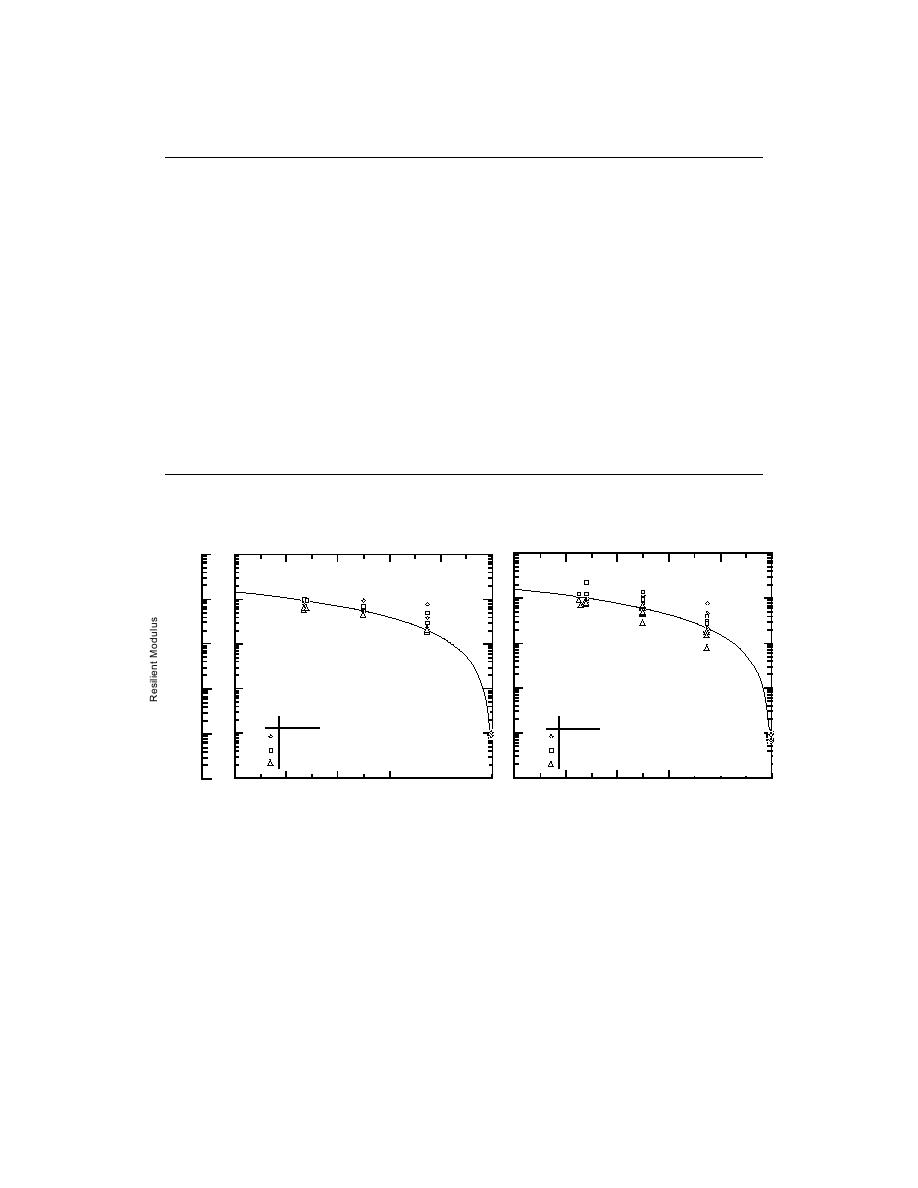
Table 6 (cont'd). Results of regression analyses--test soils from Mn/ROAD.
B. Unfrozen condtion
Std
lb/in.2)*
r2
Material
Equation (Mr in
error
n
Clay subgrade sample 1206 (565)
Mr = 1, 597, 000 f (S)-2.63 f (γ )14.42 f3 (σ)-0.257
Never frozen
655
0.82
0.251
Clay subgrade sample 1232 (566)
Mr = 1.518 1030 f (S)-13.85 f3(σ)-0.272
Never frozen
451
0.95
0.328
Class 3 "stockpile"
Mr = 283, 300 f (S)-1.003 f2 (σ)0.206
Thawed
408
0.86
0.520
Class 4 (taxiway A subbase)
Mr = 8.946 108 f (S)-3.026 f2 (σ)0.292
Thawed
149
0.86
0.168
Class 5 (dense graded stone)
Mr = 382, 400 f (S)-0.8759 f2 (σ)0.1640
Thawed
64
0.77
0.164
Class 6 "stockpile"
Mr = 1, 391 f (S)-0.507 f (γ )4.04 f1(σ)0.608
Thawed
492
0.79
0.232
Mr = 5, 257 f (S)-0.486 f (γ )4.05 e0.0193 f1(σ)
Thawed
492
0.76
0.249
*Output from equations can be converted to kilopascals through multiplying by 6.895
(lb/in.2 )
(kPa)
107
7 x 10 7
7 x 10 6
106
105
7 x 10 5
104
7 x 10 4
σd, Deviator Stress
σd, Deviator Stress
lb/in.2
2
lb/in.
103
7 x 10 3
4&5
3&5
15
15
a. 1206 Subgrrade
1206 Subg ade
70
70
b.1232 Subgrrade
1232 Subg ade
7 x 10 2
102
-10
-8
-6
-4
-2
0
-10
-8
-6
-4
-2
0
Temperature (C)
Temperature (C)
Figure 5. Effect of stress on frozen resilient modulus.
choice of coefficients for the distribution of unfro-
Figure 6 compares the modulus vs. tempera-
zen water content with temperature.
ture for all the frozen Mn/DOT materials pre-
dicted from the regression equations in Table 6,
Unfrozen
with the governing parameters wug/wt and wuv.
Figures 7a through 7f show the resilient modu-
At any given temperature, the subgrade specimens
lus data vs. degree of saturation for the unfrozen
have the lowest moduli. In general, the base and
specimens. For the two subgrade materials, data
subbase moduli increase with decreasing amounts
are from specimens that were never frozen, and
of fines in the material. The curve for the class 5
data from the base/subbase materials are from
special material has a slightly different shape than
specimens that were thawed subsequent to freez-
the rest, which is probably related to the estimated
13



 Previous Page
Previous Page
